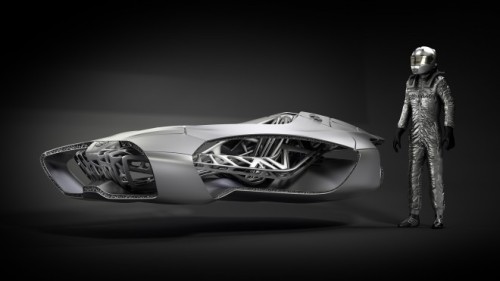“This guy, who until 30 seconds ago was the target of an anti-terror raid (and who you can just waste…”
“”This guy, who until 30 seconds ago was the target of an anti-terror raid (and who you can just waste in the head, if you feel like it, to the chagrin of your superiors), is suddenly flitting between Occupy movement rhetoric (“Ever wonder by the big car companies pay 2 per cent tax, while the guys on the assembly line pay 40 per cent?”) and pro-Wikileaks soundbites (“Did you ever ask what it’s for? The surveillance? The police? Is that freedom?”). Besides the boxy, 4:3 ratio TVs back at counter-terrorist HQ, there’s not a thing in the thematic nature of DX1’s opening mission that’s aged a day.””



